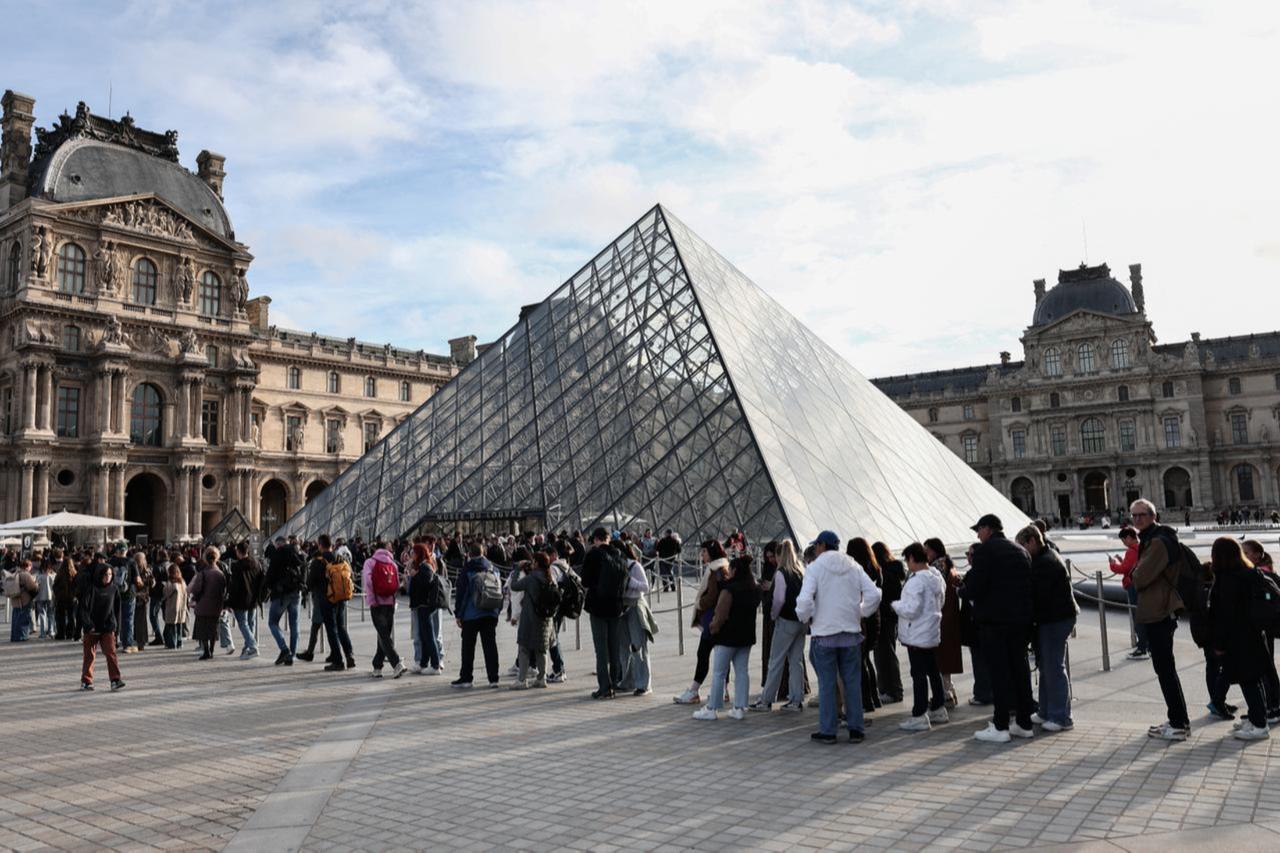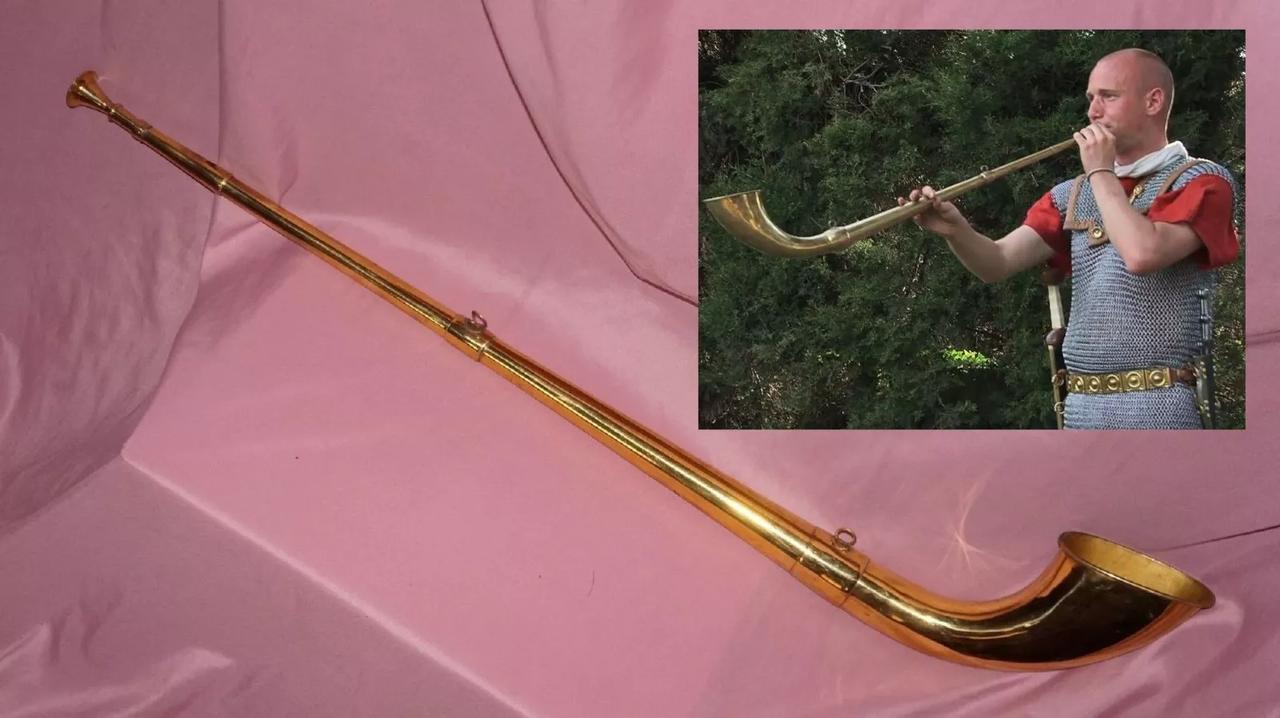
With the art world on high alert for any sign of the missing Louvre jewels, one Italian collection says its method of creating a photographic fingerprint of its own priceless gems and artifacts could make them harder to break apart and sell.
A team of gemology experts has spent more than a decade studying the most valuable pieces of the collection at Naples' Tesoro di San Gennaro.
Using microscopes and specialized equipment, the team has photographed more than 10,000 stones.
As well as armed security and alarmed displays that provide physical protection for the site, the process has allowed them to certify the unique characteristics of the gems, providing a kind of forensic fingerprint that experts liken to DNA.
Major European museums have declined to comment on their security protocols following the Louvre theft, but the Naples method offers a rare insight into some of the measures used by institutions.
"If the Louvre had adopted this security system, thieves would not be able to resell the stones from the stolen jewelry," Ciro Paolillo, a former professor of investigative gemology at La Sapienza University in Rome who led the mapping work, told Reuters.
"The stones would be identified, even if cut, at the first official quality certification by an international body."
Reuters was unable to verify whether the French museum had undertaken a comparable analysis of the stolen stones. The museum did not respond to requests for comment.
Louvre Director Laurence des Cars said she had repeatedly warned that the centuries-old building's security was in dire condition. She said exterior security cameras did not cover the 'entire facade,' adding that the window through which the thieves broke in was not monitored by CCTV.
The Paris prosecutor said suspects had been arrested in connection with the robbery but declined to give further details, saying newspaper reports could hinder the search for the stolen jewelry and the perpetrators.

The San Gennaro treasures, sacred art and jewels assembled over seven centuries from popes, royals, and wealthy patrons, include a cross given by Joseph Bonaparte, Napoleon’s eldest brother.
Beside Naples' cathedral, the museum houses over 21,000 pieces, including a mitre with nearly 4,000 stones and a necklace with more than 1,500 gems.
Named after the fourth-century martyr and patron saint of Naples, the collection also includes 53 silver busts from the 17th and 18th centuries, each about 200 kilograms (440.9 pounds).

Paolillo’s team analyzed silver and gold samples to trace origins to Naples' Goldsmiths' Quarter, though metallurgical mapping is now limited due to standardized alloys.
"The criminals would melt down the masterpieces, making it impossible to understand the alloy," he said.
The collection, owned by the people of Naples and managed by the Deputazione since 1527, was stored in the Bank of Naples vault for nearly 30 years after a 1975 mafia robbery attempt and reopened in 2003.
Riccardo Carafa d'Andria, vice president, said security includes anti-theft windows, 24-hour military patrols, and stone mapping to identify stolen items.
"Neapolitans do not touch the Treasure of San Gennaro—and would never allow anyone else to either."